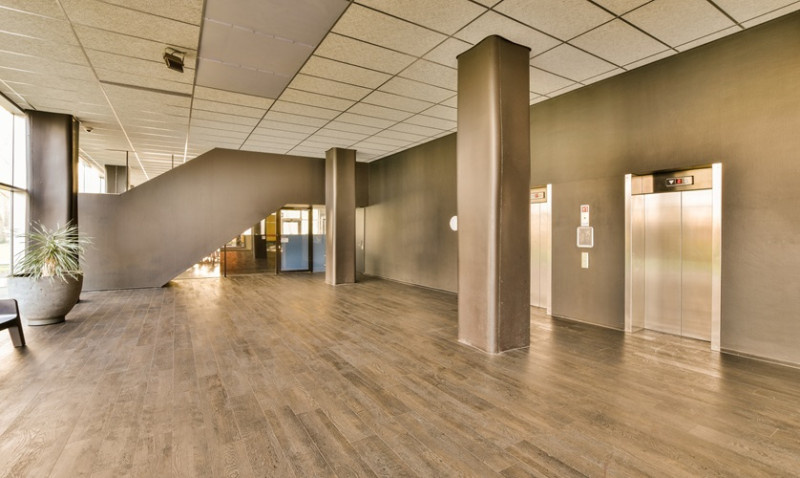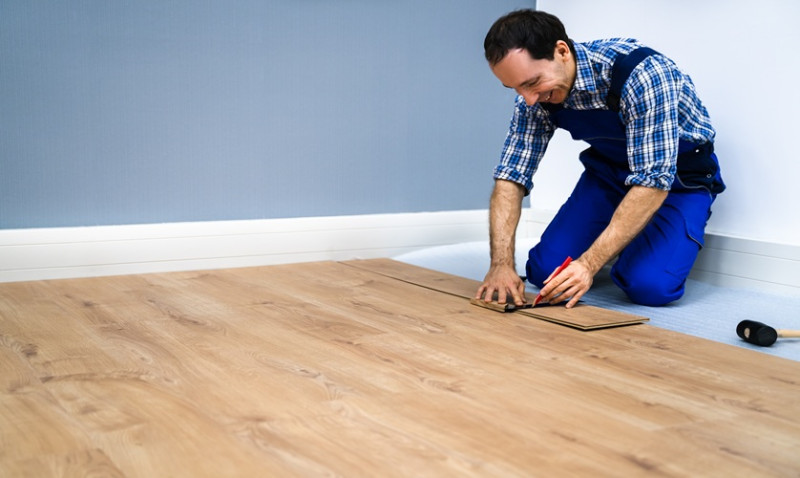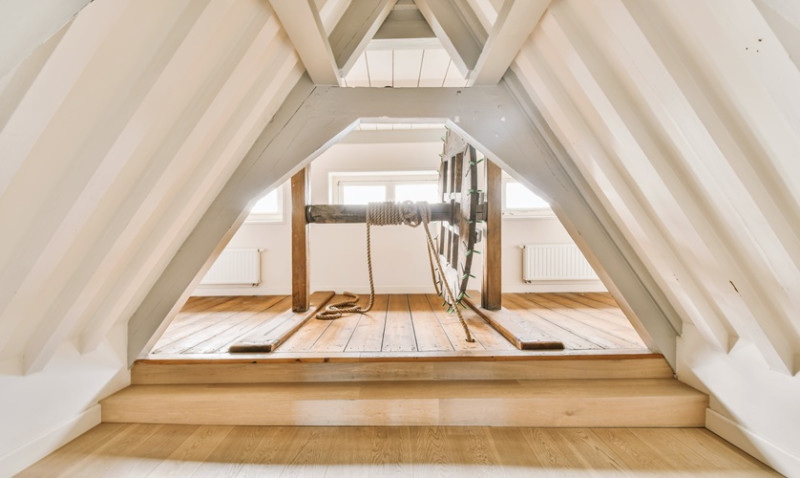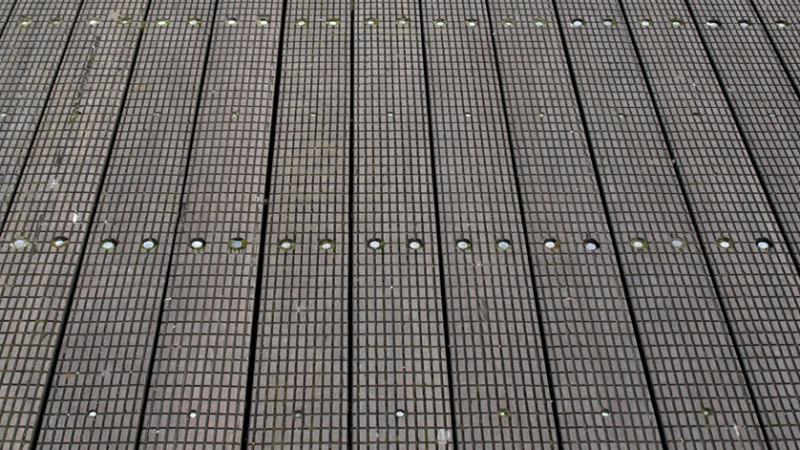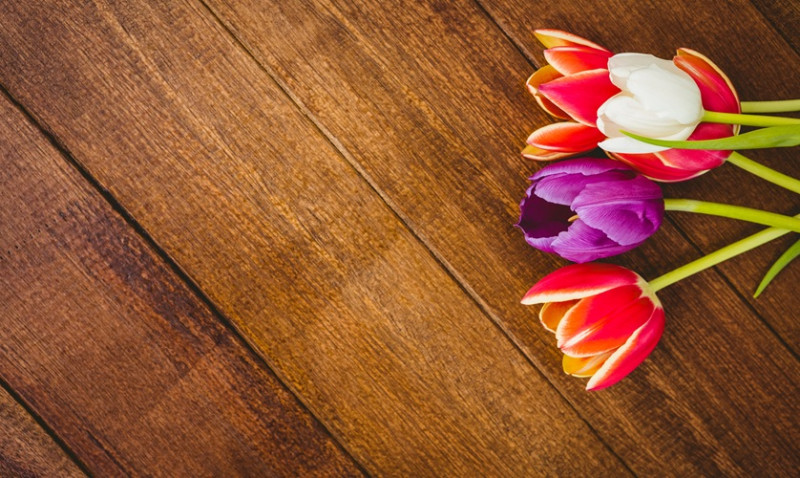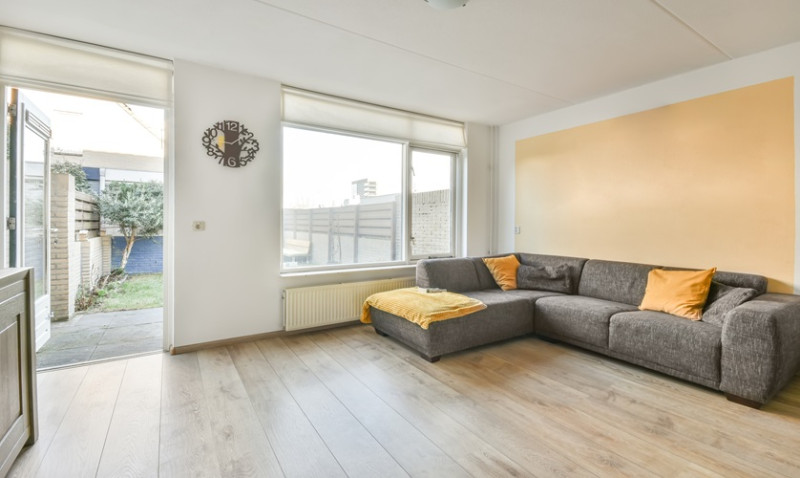
Engineered hardwood flooring has become an increasingly popular choice across homes and commercial spaces in the UK. With trends leaning towards stylish, durable, and sustainable flooring solutions, many homeowners, architects, and interior designers are weighing up whether engineered wood or traditional solid hardwood is right for their next project.
If you're considering upgrading your floors — whether you're a keen DIYer, a young homeowner looking to enhance your living space, or a professional in the building trade — it's vital to understand the major differences between these two wood flooring types. Below, we'll explore the key pros and cons of engineered wood and compare it directly to solid hardwood to help you make the best choice for your renovation or build.
What Is Engineered Hardwood Flooring?
Engineered hardwood flooring is crafted from multiple layers of wood. The top layer – known as the wear layer – is made from a veneer of real hardwood such as oak, walnut, or maple. Beneath that surface is a core of high-density plywood or other layers of wood that are stacked and bonded together.
This layered construction gives engineered wood excellent dimensional stability. Unlike solid hardwood, which is cut from a single piece of timber, engineered floors are much less prone to warping, expanding, or contracting in response to changes in humidity and temperature. This makes them particularly suitable for installation over underfloor heating systems and in areas like basements or conservatories where moisture levels tend to fluctuate.
The visible surface of engineered wood is virtually indistinguishable from solid hardwood, which means you get the same look and luxury feel underfoot but with more practical installation options.
Pros of Engineered Hardwood Flooring
1. Stability and Durability: The multi-layered construction helps resist warping, making it well-suited for the UK’s variable climate and temperature-controlled homes with underfloor heating.
2. Wide Range of Finishes: Whether you're after a rustic, hand-scraped oak look or a sleek modern finish, you'll be spoilt for choice. Engineered wood is available in dozens of styles, grades, finishes, and plank widths.
3. Easier Installation: Most engineered boards come with tongue-and-groove or click-lock systems, which makes them a favourite among DIYers and professionals alike. They can often be floated over existing subfloors, glued down, or even stapled depending on the environment.
4. Affordability: Engineered hardwood generally comes at a lower price point than solid wood, mainly because the inner layers use less expensive wood materials. However, this doesn’t compromise the end look — only the cost.
5. Environmental Benefits: Because only the top layer is made of the desired hardwood species, engineered flooring reduces the amount of slow-growing or exotic hardwood needed, making it a more sustainable option than solid timber floors.
Cons of Engineered Hardwood Flooring
While engineered wood has many advantages, it's not without its downsides. It’s important to weigh these carefully depending on your specific needs and where in the home you plan to install your floor.
1. Limited Refinishing: Unlike solid hardwood, engineered flooring can only be sanded and refinished a limited number of times (if at all). This depends on the thickness of the top wear layer — typically, a 2mm to 6mm veneer will allow for 1–3 sanding sessions over its lifetime.
2. Lifespan: A good-quality engineered floor can last 20–30 years or more with proper care, but it may not match up to the potential 50–100-year lifespan of solid hardwood.
3. Variability in Quality: Not all engineered flooring is created equal. Budget ranges may use thin wear layers or inferior bonding materials, which can impact performance. Always source from reputable UK suppliers who provide warranties.
4. Susceptibility to Moisture: While engineered wood is more moisture-resistant than solid wood, it’s by no means waterproof. Spills and standing water can still cause damage if not cleaned up promptly.
Solid Hardwood Flooring: An Overview
Solid hardwood flooring is exactly as it sounds — made from a single, solid piece of timber. It’s admired for its natural beauty, authenticity, and the ability to be sanded and refinished multiple times over its lifetime.
Traditionally favoured in period homes and high-end restorations, solid wood offers a timeless look that matures beautifully. With proper care, it can literally last a lifetime, and even longer. However, it's not always the most practical choice for every room or every homeowner.
Pros of Solid Hardwood Flooring
1. Long-Term Value: One of the biggest advantages of solid hardwood is its longevity. Properly cared for, it can outlast most homeowners and adds significant resale value to a property.
2. Timeless Aesthetic: Solid hardwood offers unmatched natural beauty, depth of colour, grain character, and variation that contribute to a warm, sophisticated interior design.
3. Multiple Refinishing Opportunities: Because it’s made from a single piece of wood, solid hardwood can be sanded and re-stained many times — ideal for those who want to refresh their home without replacing their floors.
4. Heritage Appeal: Many UK homeowners value the traditional craftsmanship and period authenticity solid wood provides, especially in Georgian, Victorian, and Edwardian properties.
Cons of Solid Hardwood Flooring
1. Susceptible to Moisture and Temperature: Solid wood can expand and contract with changes in humidity, which can lead to warping or gaps. It's generally not recommended for kitchens, basements, or over underfloor heating systems.
2. Installation Restrictions: Unlike engineered wood, solid boards typically need to be nailed or glued down, often requiring professional installation and subfloor preparation.
3. Cost: Solid wood is generally more expensive than engineered, both in material cost and installation fees. This can significantly impact renovation budgets, especially for large areas.
4. Environmental Considerations: Because solid hardwood uses more timber from slower-growing species, it often has a higher environmental impact compared to engineered alternatives.
Engineered vs Solid Hardwood: Side-by-Side Comparison
| Feature | Engineered Hardwood | Solid Hardwood |
|---|---|---|
| Composition | Multiple plywood or HDF layers with hardwood veneer | Single piece of solid wood |
| Installation | Floating, glue-down, or nail-down | Nail-down or glue-down only |
| Underfloor Heating Compatibility | Yes | No (not recommended) |
| Refinishing | Limited (1–3 times) | Multiple times |
| Durability | 20–30 years | Up to 100 years |
| Moisture Resistance | More resistant | Prone to moisture damage |
| Cost | More affordable | Generally more expensive |
| Eco-Friendliness | More sustainable (uses less hardwood) | More natural but uses more timber |
Which Flooring Option is Right for You?
The best flooring choice really depends on your home, lifestyle, and budget. If you’re installing flooring throughout a London flat with underfloor heating or need a stylish upgrade without breaking the bank, engineered hardwood is likely your best bet. It’s easier to install, fits modern performance expectations, and still delivers a real wood look and feel.
However, for those renovating a period property, or looking to invest in flooring that will last generations, solid hardwood is a compelling choice. Its ability to be refinished again and again makes it ideal for high-traffic family homes or long-term value-driven home remodelling.
Professional interior designers and architects often specify engineered flooring for commercial spaces or contemporary designs, while solid wood remains a hallmark in luxury and heritage-inspired projects.
Whichever you choose, always consult a reputable flooring specialist, especially one familiar with UK building standards and climates, to get the best product recommendation for your project.
Final Thoughts
Both engineered and solid hardwood floors can deliver stunning results that elevate the look and value of your property. Engineered wood gives homeowners a practical and budget-friendly option with great flexibility and design variety. Solid hardwood, meanwhile, offers unrivalled authenticity, durability, and charm — especially for traditional homes or statement interiors.
Before making a purchase, consider where the floor will be installed, how long you plan to live in the property, and your willingness to maintain and potentially refinish the floor. Whether you’re rolling up your sleeves as a DIY warrior or hiring professional tradesmen, there’s never been a better time to explore the flooring options available to UK homeowners today.
